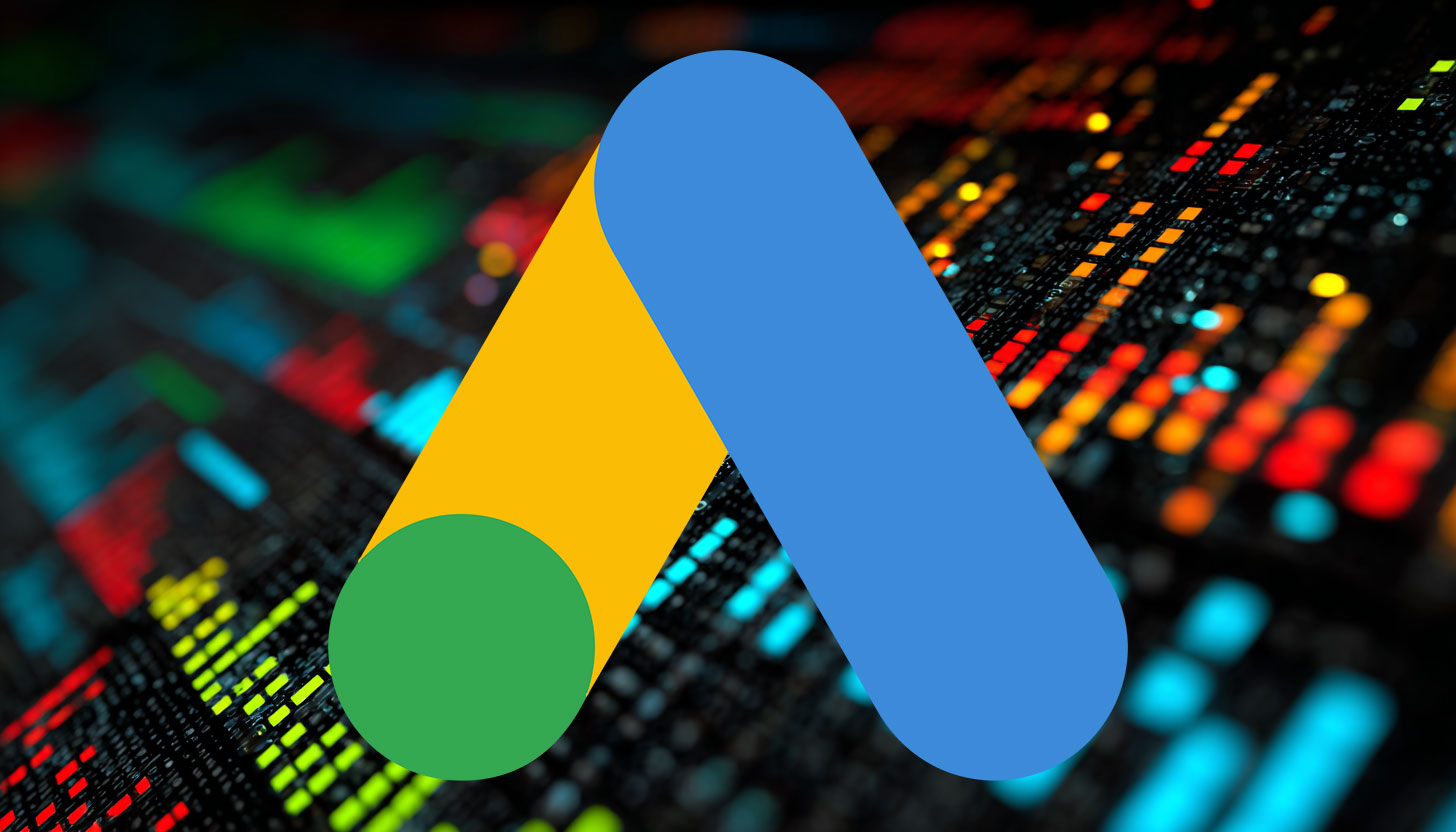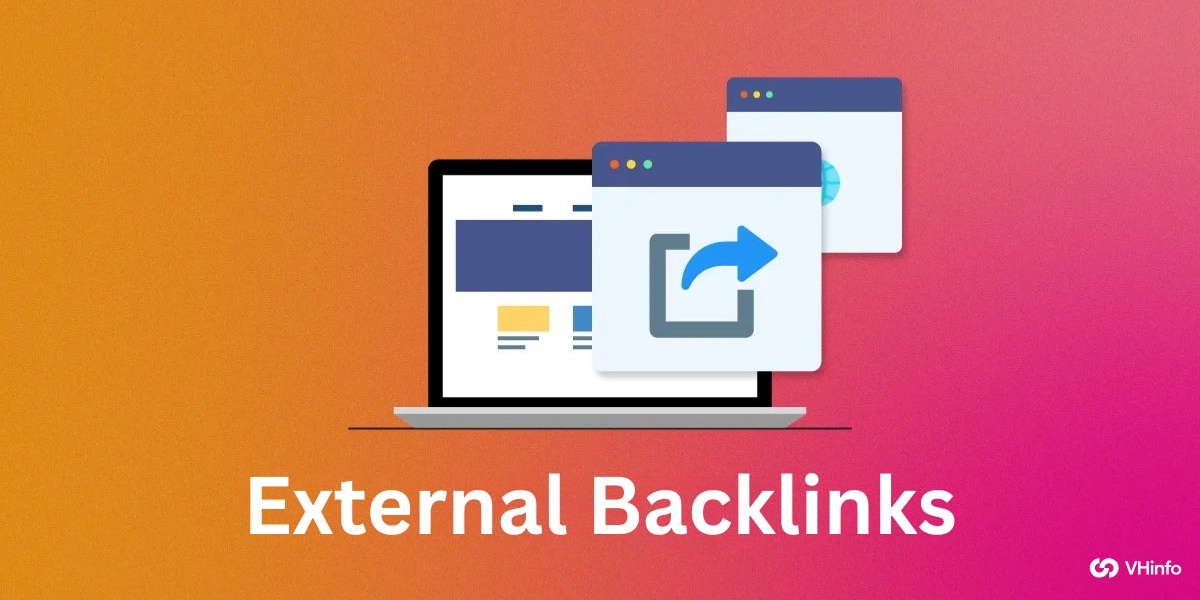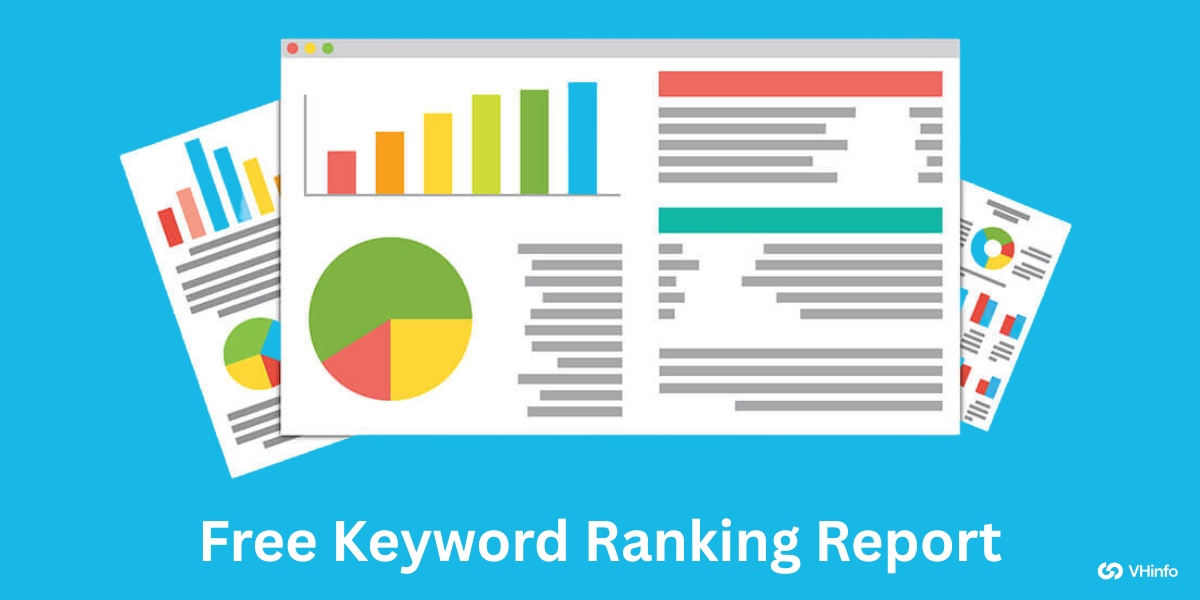If you use Google Ads to grow your business, you have likely come across many terms and numbers. One of the most important is your Google Ads CID. Think of it as the special name tag for your advertising account.
At VH-info, we help SaaS companies build their online presence, and we know that a strong ad strategy is a key part of that growth. Your ads help you show up in a Google search and reach new people. This guide will explain everything about the Google Ads customer ID. We will show you what it is, where to find it, and why it is so important for managing your Google Ads account.
Whether you are working with a PPC agency or managing ads on your own, knowing your customer ID is the first step. This number is the key that unlocks many features and helps you connect with partners who can help you grow.
We will break it down in simple terms so you can feel confident handling your account.
What Is A Google Ads Customer ID (CID)?
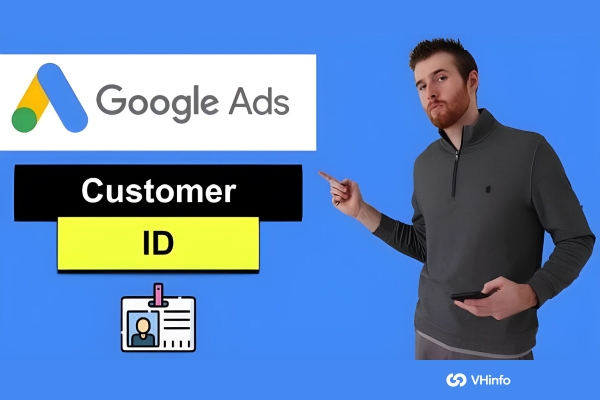
A Google Ads Customer ID, often shortened to Google Ads CID, is a unique number assigned to every single Google Ads account. No two accounts have the same one. It acts as your account’s primary identifier.
When you need to talk to Google support or connect your account to other services, this is the number you will use.
It is not a secret code, but it is a vital piece of information. You can think of it like your home address. You share it with people who need to find you, like friends or the mail carrier, but you do not post it everywhere for everyone to see.
Your customer ID works in a similar way for your advertising efforts on the Google Ads platform.
The Core Function Of A Customer ID
The main job of your customer ID is to identify your specific Google Ads account. Google manages millions of advertisers, so this unique number ensures that any changes, payments, or connections are applied to the correct account—yours.
When you hire a PPC consultant or an agency, they will ask for your Google Ads CID. They use this ID to request permission to help manage your campaigns. It is also the number you give to Google support so their team can quickly pull up your account details and help you with any problems. It is the central piece of information that keeps your advertising world organized and makes sure you are always talking about the right Google Ads account. Your account customer number is fundamental for all operations.
Understanding the Unique Format (XXX-XXX-XXXX)
The format of a Google Ads customer ID is always the same, which makes it easy to recognize. It is a ten-digit number, separated by hyphens into three parts.
Here is a Google Ads customer ID example: 123-456-7890.
You will always see it written this way. This consistent format helps you and others, like your PPC agency, quickly spot the ID in emails or inside the Google Ads platform.
Knowing this format helps you avoid confusing it with other numbers related to your account, like campaign IDs or billing numbers. Whenever you see a ten-digit number in this XXX-XXX-XXXX format about your ad account, you have found your Google Ads ID.
How to Find Your Google Ads CID (Step-by-Step)
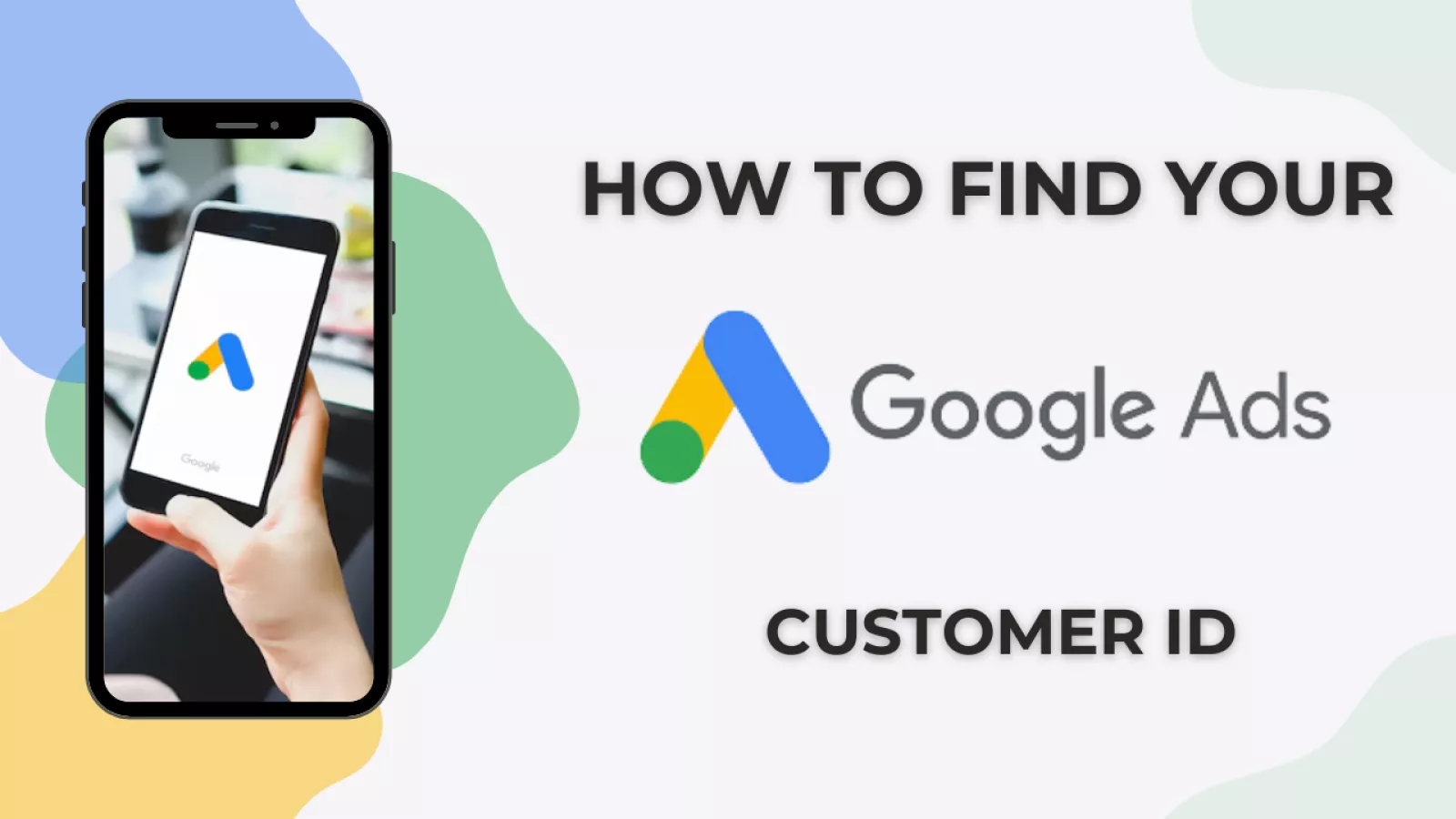
Finding your Google Ads CID is simple once you know where to look. There are a few easy methods to locate this important number.
Here are three common ways to find your customer ID.
Method 1: In the Google Ads Interface (Desktop)
This is the most direct way to find your ID. When you are logged into your Google Ads account on a computer, the number is almost always visible.
- Go to the Google Ads website and sign in.
- Once you are signed in, look at the very top of the page.
- You will see your Google Ads customer ID in the top right corner of the screen, right next to your account name and email address. It will also be visible on the top navigation bar on the left side when the menu is expanded.
The ID is usually displayed prominently on the main overview page as well as on most other pages within the interface. Google wants to make sure this account’s customer number is easy for you to find.
Method 2: In the Google Ads Mobile App
If you use the Google Ads mobile app to check on your campaigns, you can also find your ID there. The steps are slightly different from the desktop version.
- Open the Google Ads app on your phone.
- Tap on the “More” menu, which is usually represented by three horizontal lines (a hamburger icon) in the corner.
- At the top of the menu that appears, you should see your Google Ads CID.
- If you do not see it there, look for a “Help” or “Help & Feedback” section, as the ID is often listed there as well for support purposes.
Method 3: In Email Communications From Google
Google sends you emails about your Google Ads account for many reasons, such as performance reports, billing updates, or policy alerts. Most of these official emails will include your Google Ads customer ID.
- Open your email inbox that is linked to your Google Ads account.
- Search for emails from “Google Ads.”
- Open any recent email, like a payment confirmation or a campaign notification.
- Look in the header or footer of the email. The customer ID is typically included there for reference. It is a good practice to save one of these emails in a safe folder for quick access.
Why Your Google Ads CID Is Important: Key Use Cases
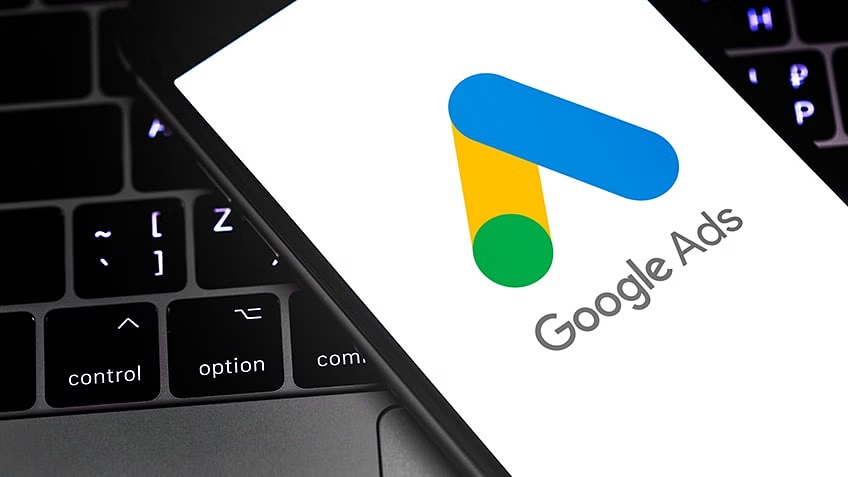
Your Google Ads CID is more than just a number; it is a key that connects your account to other tools and people.
Here are the most common reasons why your ID is so important.
Linking To A Manager Account (MCC)
If you work with a marketing team or a PPC agency, they will likely use a Google Ads Manager Account, also known as an MCC (My Client Center). A manager account allows an agency to view and manage multiple Google Ads accounts from a single dashboard.
To give them access, you need to provide your Google Ads CID. The agency or PPC consultant will use your customer ID to send a linking request. You will then get a notification in your own Google Ads account to approve it.
This is a secure way to grant access without sharing your login password. This process is standard when bringing on a new PPC provider.
Connecting With Google Analytics 4 (GA4)
To get a full picture of how your ads are performing, you need to connect your Google Ads account with Google Analytics 4 (GA4). This link allows you to see what visitors do on your website after they click your ad.
To link the two platforms, Google uses your Google Ads customer ID to identify the correct ad account. This connection helps you track conversions, understand user behavior, and make smarter decisions about your ad spend. Without it, you are only seeing half the story.
Contacting Google Ads Support
Sooner or later, you may need help from Google support. You might have a question about billing, a disapproved ad, or a technical issue. The very first thing the support representative will ask for is your Google Ads CID.
Providing this ID allows them to quickly locate your specific Google Ads account in their system. Without it, they cannot help you. Having your customer ID ready before you call or start a chat with Google support will make the process much faster and smoother.
Using Third-Party Tools and Integrations
Many businesses use other software to help with their marketing, like reporting dashboards, call tracking software, or CRM systems. To connect these tools to your Google Ads data, you will need to authorize a link.
The authorization process almost always requires you to input your Google Ads ID.
This ensures the third-party tool pulls data from the right place. Whether it is a tool for managing leads from potential clients or for creating advanced reports, your customer ID is the key to making that connection happen.
CID Vs. Other Google Ads Identifiers
The Google Ads platform uses several different types of IDs. It is helpful to know the difference between your Google Ads CID and other common identifiers.
Customer ID Vs. Manager Account (MCC) ID
As we mentioned, a customer ID identifies a single Google Ads account. A Manager Account (MCC) ID, on the other hand, identifies an agency or manager’s account that holds multiple client accounts.
If you are a business advertising your own products, you will have a customer ID.
If you are a PPC consultant managing accounts for multiple clients, you will have a manager account ID, and each of your clients will have their own unique Google Ads customer ID. Do not mix them up; your individual Google Ads ID is for your account only.
Customer ID Vs. Conversion ID and Conversion Label
When you set up conversion tracking in Google Ads, you will work with a conversion ID and a conversion label.
These are different from your customer ID. These IDs are pieces of code that you place on your website to track actions, like a form submission or a purchase. They are specific to tracking goals, not your entire account.
Unlike the customer ID which is a simple number, these tracking IDs are part of longer code samples. Your Google Ads customer ID identifies who you are; conversion IDs track what your customers do.
Best Practices For Your CID
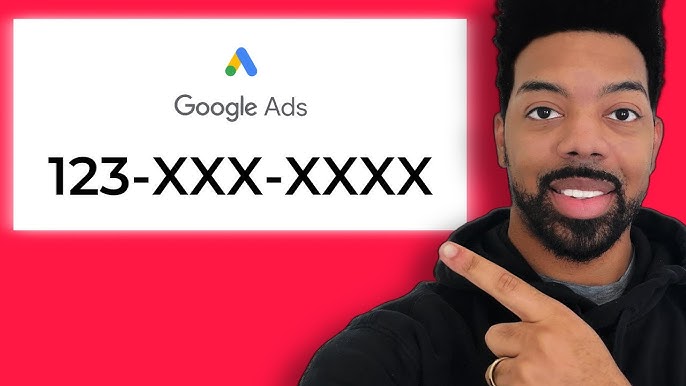
Handling your Google Ads CID correctly helps keep your account secure and makes it easier to manage.
Here are a couple of simple best practices to follow.
Is It Safe to Share Your Google Ads CID?
Yes, it is generally safe to share your Google Ads CID. Sharing the ID alone does not give someone access to your account.
Think of it as a username, not a password. A person or agency can use your ID to request access, but you must approve that request from within your Google Ads account. You should only share your ID with trusted partners, like your marketing team or a reputable PPC agency. Never share your password with anyone.
Being asked for your customer ID is a normal part of working with a professional; being asked for your password is a major red flag.
Keeping A Record of Your ID For Easy Access
Since you will need your Google Ads CID for many different tasks, it is a good idea to keep it saved in a place where you can find it easily. You could save it in a password manager, a secure note-taking app, or a document with other important account information.
Having it handy saves you the trouble of having to log in to your Google Ads account every time you need it, especially when you are on the phone with Google support or setting up a new tool.
FAQ’s:
Can I Change My Google Ads Customer ID Or Recover It If I Lose Access?
No, you cannot change your Google Ads customer ID. It is a permanent, unique number assigned to your account when it is created. If you lose access to your account, you can recover your ID by looking through old emails from Google or by contacting your agency if you have one.
To regain access, you will need to go through Google’s account recovery process.
Does Each Campaign Have Its Own CID?
No, the Google Ads CID is for the entire Google Ads account.
All of your campaigns, ad groups, and ads exist within that one account and share the same customer ID. Campaigns have their own campaign IDs, but these are for reporting and management within the account, not for identifying the account itself.
What Should I Do If I Can’t Find My CID?
If you have tried looking in the top right corner of the interface and in the top navigation bar and still cannot find it, check your emails from Google. If you still have no luck, and you work with a marketing partner, ask them for your Google Ads ID. As a last resort, you can contact Google, but you will need to verify your identity in other ways, like with the email associated with your business profile.
Do I Need A CID If I Only Use Google Analytics?
No, a Google Ads customer ID is only created if you have a Google Ads account.
Google Analytics has its own set of identifiers, like a Measurement ID (for GA4) or a Tracking ID (for Universal Analytics), but it does not have a CID. You only need a Google Ads CID when you are running paid ads on the Google search and display networks.
How Do Agencies and Collaborators Safely Access My CID?
You can safely provide your customer ID to a trusted agency or collaborator directly.
They will then use their manager account to send a link request. You will receive an email and a notification inside your Google Ads dashboard. You must approve this request before they can gain any access. This system ensures you always have control.
What Privacy and Security Practices Should I Follow With My CID?
Treat your Google Ads CID as important account information. Only share it with trusted partners. Never post it in a public forum. Be cautious of phishing emails that ask for your ID along with other sensitive information.
The most important security practice is to never share your password and to enable two-factor authentication on your Google account.
Conclusion
Your Google Ads CID is a small but powerful piece of information.
It is the central identifier for your entire advertising presence on the platform. Knowing what your customer ID is, where to find it, and how to use it correctly is fundamental for managing your ad spend, working with partners, and getting help when you need it.
For SaaS businesses, a well-run Google Ads strategy can be a powerful engine for growth, bringing in new users and potential clients.
Just as a solid link-building plan from VH-info boosts your organic authority, properly managing your Google Ads account with details like your CID is vital for your paid acquisition success.
Keep your account customer number handy, share it wisely, and you will be well-equipped to manage your advertising efforts effectively.
